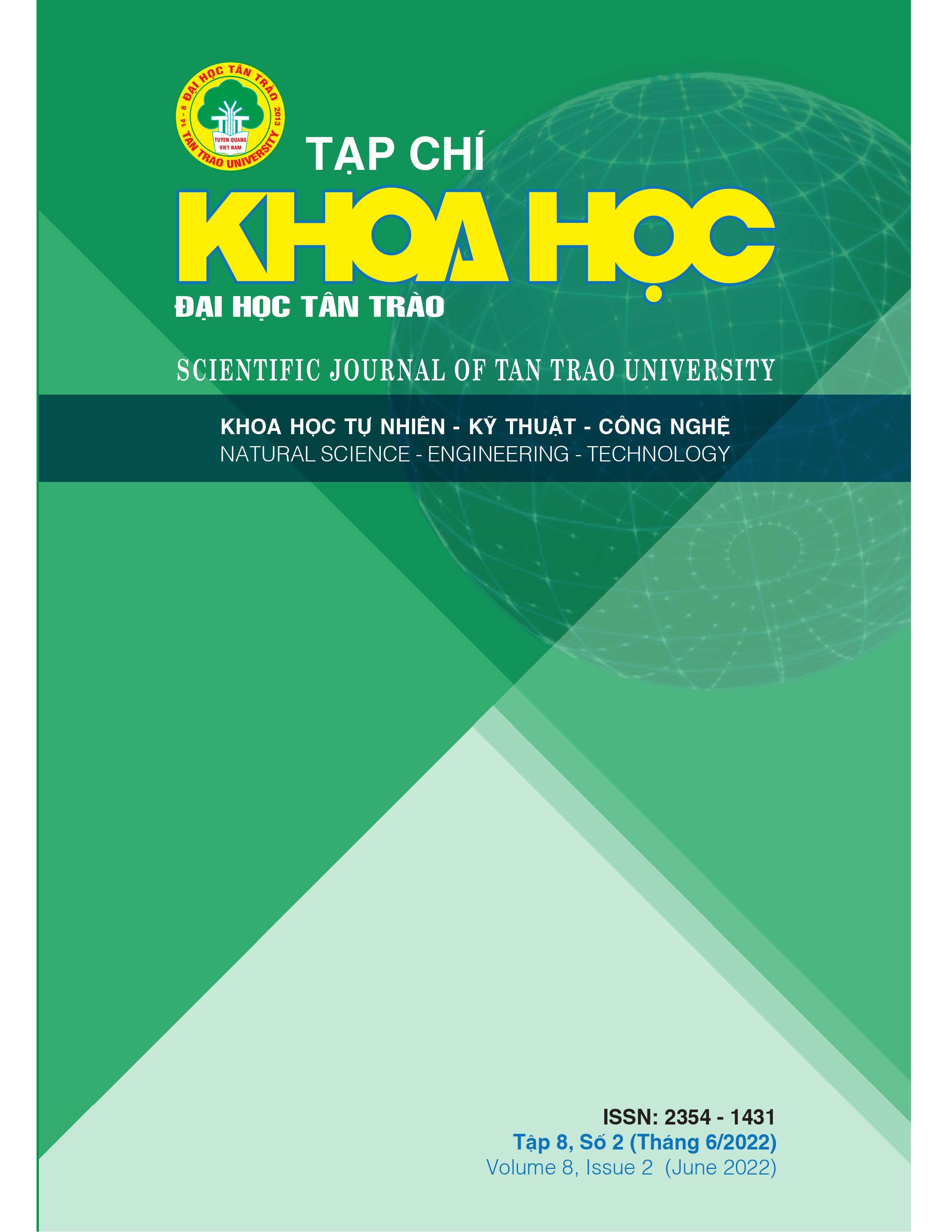RESEARCH FOR PRCESSING CHICKEN CARCASS AND CHICKEN POOP BY FURNANCE HEAT TO PRODUCE ORGANIC FERTILIZER
DOI:
https://doi.org/10.51453/2354-1431/2022/750Keywords:
Organic waste treatment, composting methodAbstract
This research uses the heating furnace to compost chicken carcasses and manure into fertilizer. The study's results have come up with a compact heating furnace and specific heating furnace component parameters for treating chicken manure and chicken carcasses used for compost production. The optimal temperature used in the furnace system, ensuring the thorough treatment of harmful E.coli and Salmonella bacteria in chicken carcasses and manure, is 1500 Celsius degrees. In addition, the research results in a specific process of producing compost with distinct stages from material preparation, heat treatment, sieve, grinding, mixing raw materials to separating and creating manure, and product quality inspection.
Downloads
References
[1] Cục chăn nuôi (2019), “Tình hình chăn nuôi năm 2019”, Tạp chí chăn nuôi Việt Nam
[2] Nguyễn Thế Hinh (2017), “Thực trạng xử lý môi trường chăn nuôi tại Việt Nam và đề xuất giải pháp quản lý” Tạp chí môi trường số 6/2017
[3] Chansavang.S, Sinratchatanun.C, Ayuwat.K and Sirirote.P (1992), Application of effective microorganisms for Swine waste treatment.
[4] Nikolas Nikolaidis M.Eng (2005), Pig farm waste treatment in Greece.
[5] Paul Lessard (1997), Comprehensive pig treatment using the BIOSOR biofiltration process.
Downloads
Published
How to Cite
Issue
Section
License

This work is licensed under a Creative Commons Attribution-ShareAlike 4.0 International License.
All articles published in SJTTU are licensed under a Creative Commons Attribution-ShareAlike 4.0 International (CC BY-SA) license. This means anyone is free to copy, transform, or redistribute articles for any lawful purpose in any medium, provided they give appropriate attribution to the original author(s) and SJTTU, link to the license, indicate if changes were made, and redistribute any derivative work under the same license.
Copyright on articles is retained by the respective author(s), without restrictions. A non-exclusive license is granted to SJTTU to publish the article and identify itself as its original publisher, along with the commercial right to include the article in a hardcopy issue for sale to libraries and individuals.
Although the conditions of the CC BY-SA license don't apply to authors (as the copyright holder of your article, you have no restrictions on your rights), by submitting to SJTTU, authors recognize the rights of readers, and must grant any third party the right to use their article to the extent provided by the license.


